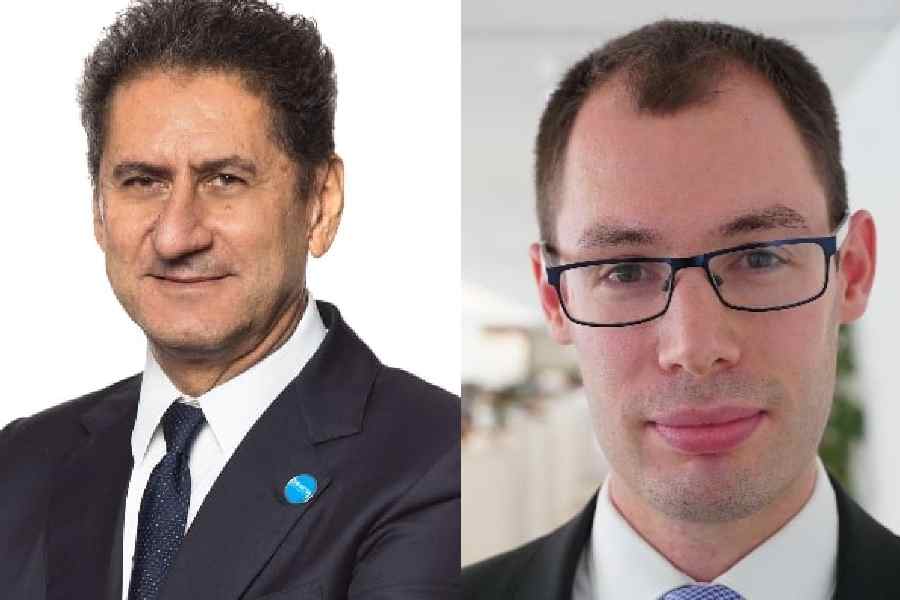The International Renewable Energy Agency (IRENA) has estimated an annual investment requirement of $1.55 trillion in renewable power generation between 2024 and 2030 to keep global warming within 1.5 degrees centigrade (°C).
The Paris Agreement of 2015 had aimed to limit global warming to “well below” 2 degrees centigrade by the end of the century and “pursue efforts” to keep warming within the safer limit of 1.5°C.
IRENA in its World Energy Transitions Outlook published in March had estimated an addition of less than 480 giga watt (gw) of renewable power capacity in 2023 compared with the required 1000gw.
The target for new capacity has climbed towards 1100gw each year for the remainder of the decade to keep the 1.5°C benchmark within reach.
The total installed renewable capacity globally stood at 3070gw in 2023 and has to increase to 11174gw by 2030 to meet the benchmark according to estimates by the IRENA.
Azerbaijan — which will hold the incoming COP29 presidency — will partner IRENA to monitor the progress towards the tripling of renewable energy capacity and doubling of energy efficiency by 2030, a statement said.
“Today’s co-operation between COP29 and the IRENA will help ensure we have the continuity required to triple renewables and double efficiency by 2030 – from Dubai to Baku and beyond,” said Francesco La Camera, director-general, IRENA.
Cost of capital
Christophe McGlade, head of the energy supply unit, World Energy Outlook, directorate of sustainability, technology and outlooks, International Energy Agency, said an acknowledgement of the high cost of capital for clean energy would be a key success of the next COP29 meet.
“Where we see the biggest gap in investment levels into clean energy today versus where we need to be, is in the emerging markets and developing economies. We need to see a six-seven-fold increase from the recent levels. There is a role for everybody to play to make sure we have that clean energy investment,” said McGlade on the sidelines of the Baku Energy Forum held last week in Azerbaijan.
“It will require the countries to put in place the right policies and incentives and would require international support. The private sector also has to play a role. What the governments can do is to get the conditions right to bring in investments,” he said.
“Clean energy technologies are often very capital intensive and there is significant upfront investment. But once built, they are much cheaper to run. Getting the policymakers to acknowledge that this is an issue and the need to provide more support to those countries will be a key step in making sure that we make COP29 a success and can keep the 1.5°C goal alive,” he said.
The IEA has estimated that narrowing the gap in the cost of capital between emerging market and developing economies (EMDE) and advanced economies by 1 per cent (100 basis points) could reduce average clean energy financing costs in EMDE by $150 billion every year.
The reporter was part of a South-Asia media delegation invited to Azerbaijan











